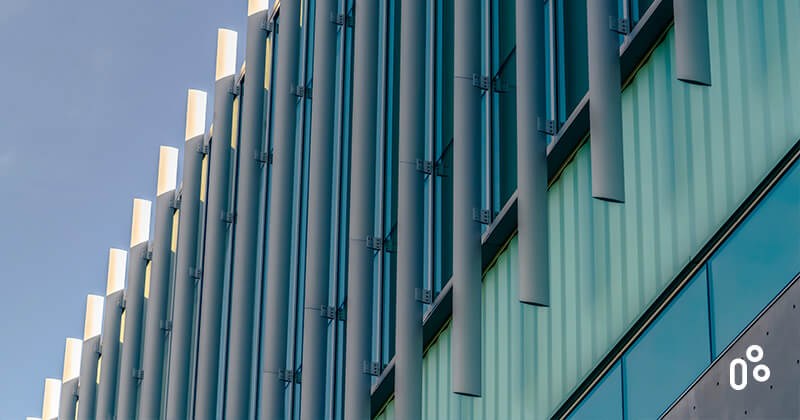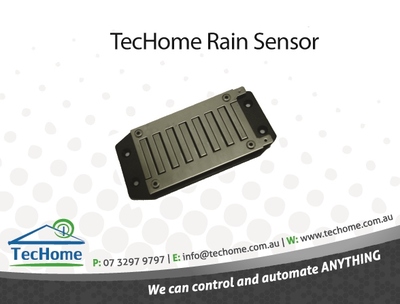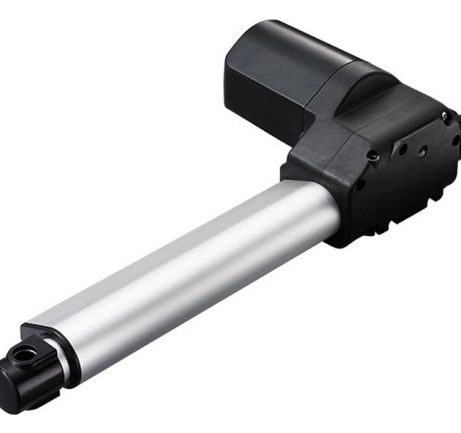Why would you use a Linear Actuator for Shading Systems?

There are many uses for linear actuators, one increasingly common use is for shading systems, these provide adjustable louvers for intelligent sun protection.
The benefits of using linear actuators for shading systems include, but aren’t limited to:
- Easy to install and maintenance-free,
- Ideal solution for cladding and shading facades,
- Provide precise and quiet movement of your pergolas,
- Bio-climatic roofs, sunshades, and other shading systems with adjustable louvers,
- Electric actuators for shading systems can be controlled remotely with simple control for intelligent solar protection at everyone’s reach.
Some forms of using Linear Actuators for shading are:
-
Shading systems with adjustable louvers for intelligent sun protection
Protect interiors exposed by sunlight, which can cause high temperatures, with effective shading systems to allow intelligent building management and ensure an optimal temperature in all circumstances.
These adjustable louvres allow precise and complete control of environments, they are maintenance-free and require no intervention with no hose, pump, or compressor, making them suitable for out-of-reach equipment.
-
Electric linear actuators for blinds and sunshades
Equipped with electric actuators, blinds and sunshades are being used regularly for façade cladding and shading. This style of design allows for an accurate degree of sunlight, providing ambient temperature while maintaining brightness and design.
-
Electric pergolas and bioclimatic roofs
These multifunctional products add value to both homes and public areas. Whilst offering sun protection to users, they also protect against rain and wind, this allows users to enjoy the outdoors and natural light.
Adjustable shading systems are an energy-efficient solution, providing an economical, natural, and environmentally friendly alternative to traditional air conditioning systems.
Click here to contact us to find out more.
- Mar 2019
- Jun 2019
- Jul 2019
- Oct 2019
- Feb 2020
- Mar 2021
- Jul 2021
- Sep 2021
- Oct 2021
- Nov 2021
- Jan 2022
- Feb 2022
- Mar 2022
- Apr 2022
- May 2022
- Jul 2022
- Sep 2022
- Oct 2022
- Nov 2022
- Dec 2022
- Jan 2023
- Feb 2023
- Mar 2023
- Apr 2023
- May 2023
- Jun 2023
- Aug 2023
- Oct 2023
- Jan 2024
- Feb 2024
- Apr 2024
- May 2024
- Jun 2024
- Jul 2024
- Aug 2024
- Sep 2024
- Oct 2024



